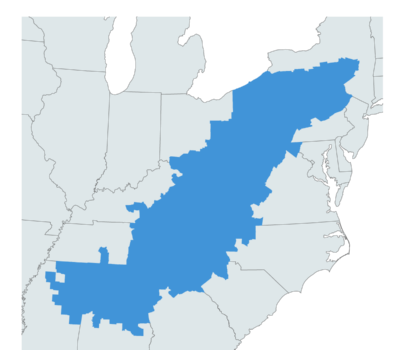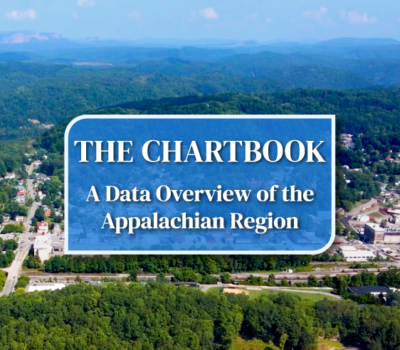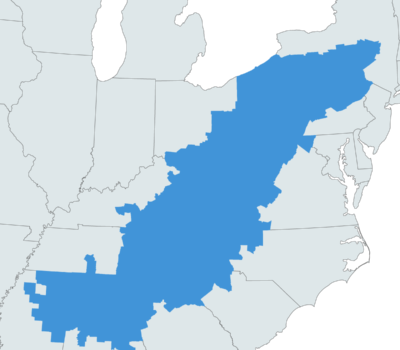Research, Evaluations, Maps and Data
ARC’s economists, mapping specialists, evaluators and data analysts regularly publish research reports and maps, as well as maintain an updated county-specific searchable data report tool. Research reports address critical socioeconomic issues impacting the Appalachian Region, while evaluations assess ARC’s own investment portfolios. ARC’s research and data helps policymakers and our regional partners better understand Appalachia’s challenges and make informed, effective decisions to address them. These publications also provide valid data for external researchers who are studying Appalachia.
Types
Research Topics
Map Topics
Years
?
ARC's Fiscal Year runs September 30 - October 1, and is named for the calendar year in which it closes. County Economic Status maps, investment data, and budget and performance documents are categorized by Fiscal Year.
Other ARC content, including research reports, evaluations and news updates, fall into the January 1- December 31 calendar year.
ARC's Fiscal Year runs September 30 - October 1, and is named for the calendar year in which it closes. County Economic Status maps, investment data, and budget and performance documents are categorized by Fiscal Year.
Other ARC content, including research reports, evaluations and news updates, fall into the January 1- December 31 calendar year.


